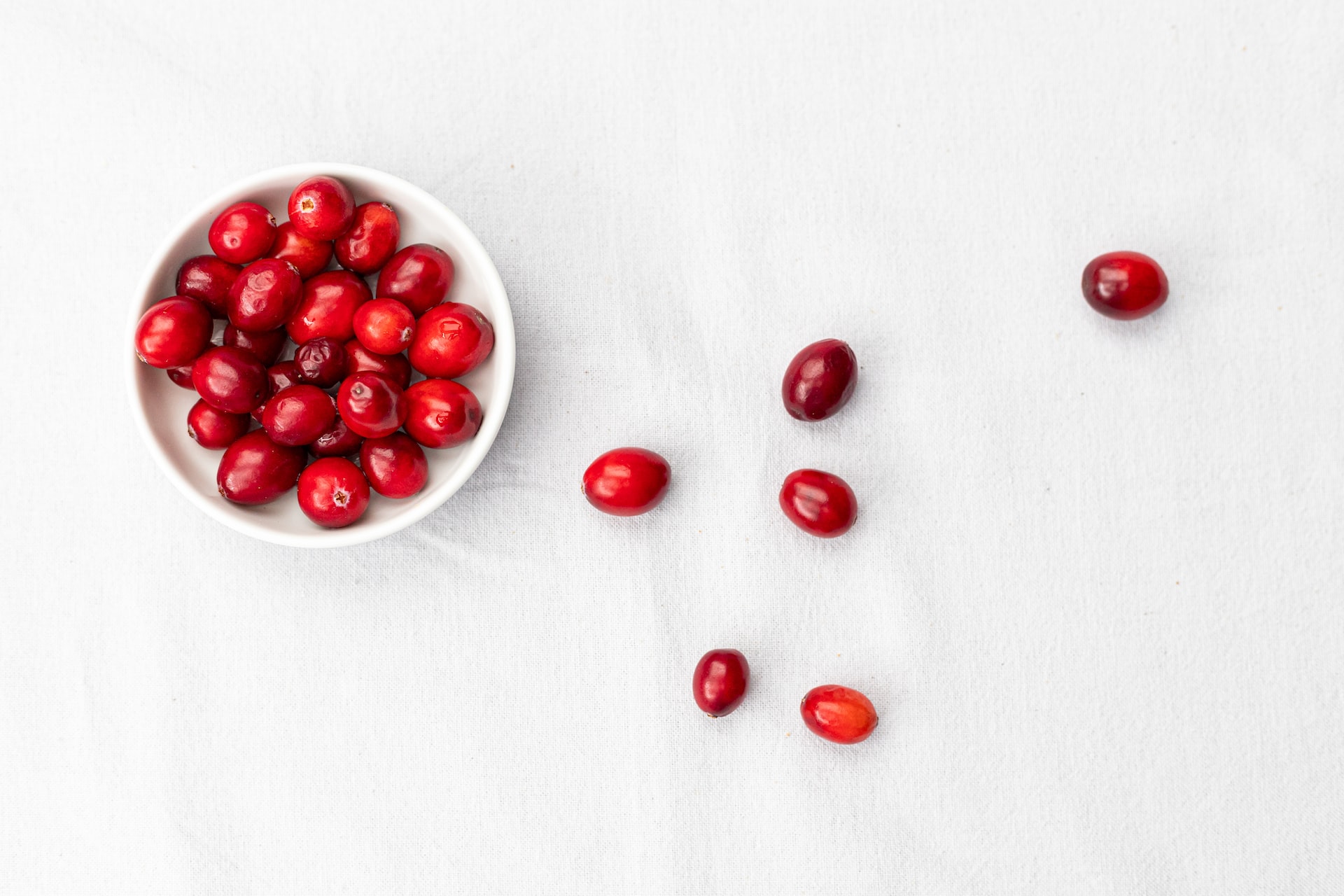The tart and tasty world of cranberries: Nutrition, uses, and fun facts

Cranberries are a type of fruit that belongs to the genus Vaccinium in the Ericaceae family. They are native to North America and are widely cultivated in the United States, Canada, and other countries. Cranberries are small, round, tart berries that are typically red or dark purple in color. They have a unique, slightly bitter flavor, and are often used in sweet and savory dishes to add a touch of tartness.
Nutritional Value of Cranberries
Cranberries are a good source of antioxidants, vitamins, and minerals. They are particularly high in vitamin C and dietary fiber and are low in calories and fat. One cup of cranberries contains about 46 calories, 0 grams of fat, and 12 grams of carbohydrates, as well as 4 grams of fiber and 4 grams of sugar. Cranberries are also a good source of manganese, vitamin E, and vitamin K.
Types of Cranberries
There are two main types of cranberries: fresh cranberries and dried cranberries. Fresh cranberries are typically available from October to December and are often used in a variety of dishes, such as cranberry sauce, cranberry juice, and cranberry muffins. Dried cranberries, also known as craisins, are made by removing the water from fresh cranberries and are available year-round. They are often used as a snack or as a topping for salads and cereals.
Growing Cranberries
Cranberries are grown in wetland areas, also known as cranberry bogs or cranberry marshes. They require wet soil and a cool climate to grow and are typically grown in regions with cool, wet summers and cold winters. Cranberries are grown using a method called floodwater irrigation, in which the plants are flooded with water to help control weeds and pests.
Cranberries are relatively hardy plants and are resistant to many diseases and pests. However, they can be affected by pests such as cranberry fruitworm, cranberry rootworm, and cranberry girdler, as well as diseases such as cranberry mosaic virus and cranberry fruit rot.
Uses for Cranberries
Cranberries have a wide range of uses, both in the kitchen and in other products. They are often used in a variety of dishes, such as cranberry sauce, cranberry juice, cranberry muffins, and cranberry bread.
Cranberries are also used in the production of cranberry juice cocktails, cranberry vodka, and other cranberry-flavored products. In addition to their use in food and drinks, cranberries are also used in a variety of other products, such as health supplements, cosmetics, and industrial products.
Fun Facts About Cranberries
- Cranberries are native to North America and have been used by indigenous people for centuries.
- The word “cranberry” comes from the Old English term “craneberry,” which refers to the plant’s small, red fruit and the plant’s long, slender stems, which resemble a crane’s neck.
- Cranberries are a good source of proanthocyanidins, a type of flavonoid that has been shown to have anti-inflammatory and anti-cancer properties.
- Cranberries are often used to treat and prevent urinary tract infections, due to their ability to prevent bacteria from attaching to the urinary tract.
- Cranberries are a popular choice for Thanksgiving dishes, such as cranberry sauce and cranberry stuffing.
- Cranberries are a good source of antioxidants, which can help to protect the body against damage from free radicals.
- Cranberries are a good source of vitamin C, which is important for immune system health and collagen production.
- Cranberries are a low-calorie and low-fat food, making them a good choice for those trying to watch their weight.
In conclusion, cranberries are a delicious and nutritious type of fruit that have a wide range of uses and health benefits. They are native to North America and are widely cultivated in the United States, Canada, and other countries. Cranberries are a good source of antioxidants, vitamins, and minerals, and are particularly high in vitamin C and dietary fiber.







